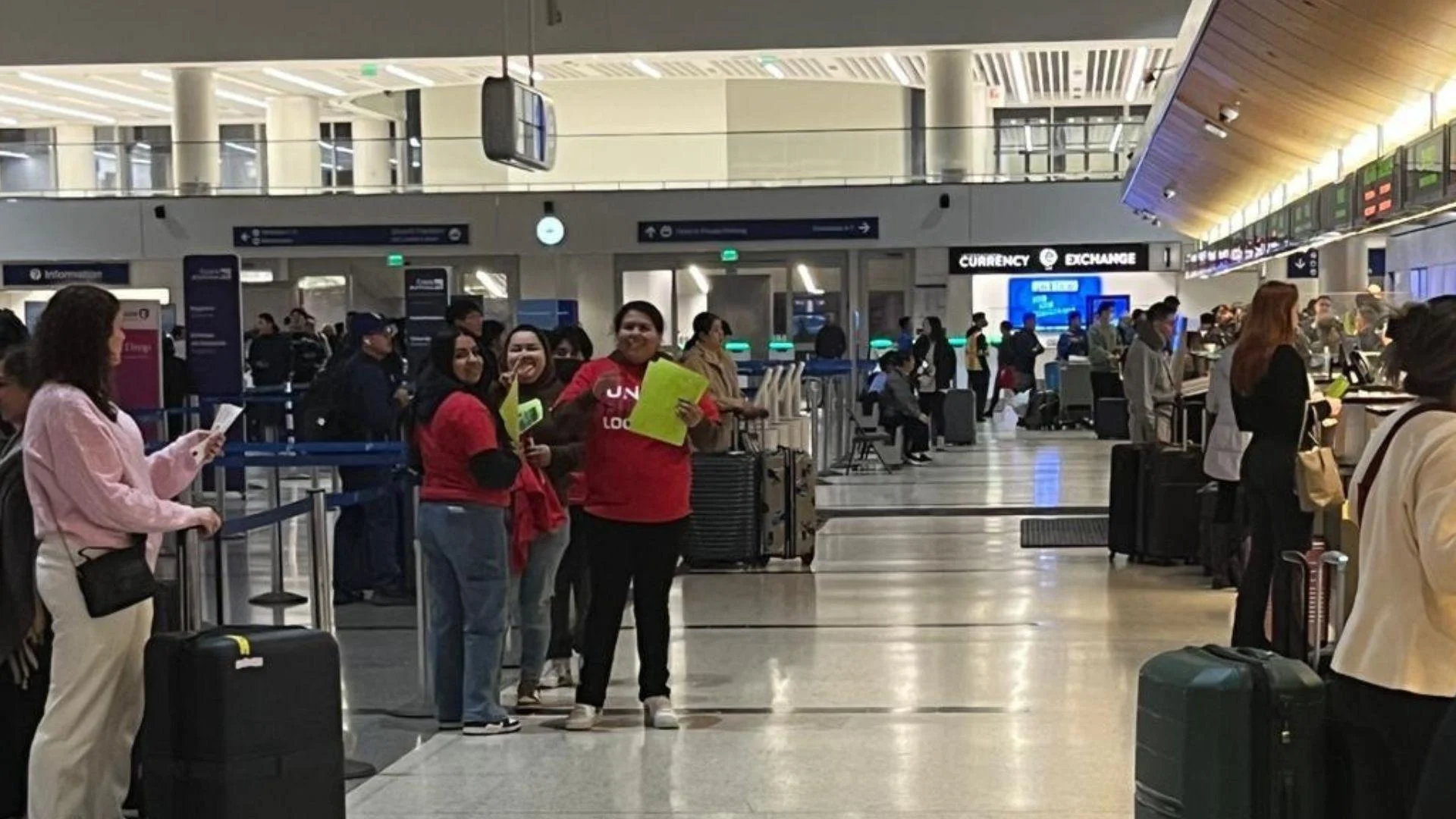Following high school as a three-sport athlete, Bong enrolled in the Civilian Pilot Training Program at Superior State Teachers College in Wisconsin in 1938. In 1941, he enlisted in the Army Air Corps Aviation Cadet Program (AACADP) at Luke Field in Phoenix, Arizona. His gunnery instructor was Captain Barry M. Goldwater.
"A very bright student [who] was already showing his talent as a pilot," Goldwater remarked about Bong during their time at AACADP.
Bong trained on various aircraft and earned his wings on January 9, 1942. In May 1942, he began training on the Lockheed P-38 Lightning at Hamilton Field in California.
Lt. Bong's Commanding Officer Gen. George C. Kenney once admonished him for flying down San Francisco's Market Street but noted that while he couldn't condone such stunts, he could relate to Bong's thrill-seeking nature.
"If you didn't want to fly down Market Street, I wouldn't want you in my Air Force," Kenney said.
In September 1942, Gen. Kenney selected Bong as one of 50 P-38 pilots under his command in the Pacific with the Fifth Air Force operating out of Australia. By December of that year, Lt. Bong achieved ace status after taking out five Japanese fighters over multiple engagements within two weeks.
In November 1943, now-Captain Bong became a national hero and modestly attributed his success to luck: "Oh, I'm just lucky I guess."
After returning from leave in January 1944 as Assistant Operations Officer at Headquarters V Fighter Command in New Guinea, Capt. Bong continued flying combat missions and raised his total kills to 28 by April of that year when he was promoted to major.
Despite being assigned roles away from combat later on, Major Bong voluntarily logged additional combat missions until achieving a record of 40 air-to-air kills by September 1944.
Gen Kenney recommended Maj. Bong for a Medal of Honor for his gallantry during missions between October and November of that year—a commendation which he received from General Douglass MacArthur upon returning home by December.
Maj. Richard Ira Bong took up test piloting duties at Wright Field before moving to Burbank where Lockheed was developing its P-80 Shooting Star fighter aircraft—work tragically cut short when an engine malfunction led to Maj.Bong’s death during an acceptance flight on August 6th—the same day Hiroshima was bombed—at just age twenty-four years old.
Maj.Bong’s widow Marjorie Vattendahl survived him until her death due cancer decades later whilst their marriage commenced shortly before Maj.Bong’s untimely demise.The legacy left behind included numerous medals & accolades underscoring remarkable contributions made towards wartime aviation history.
 Alerts Sign-up
Alerts Sign-up




































